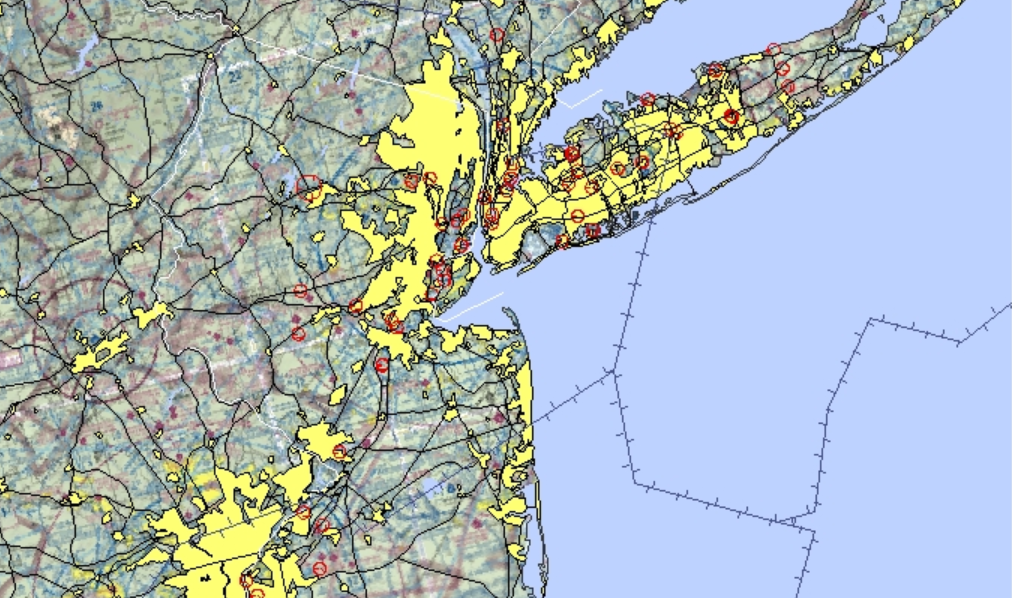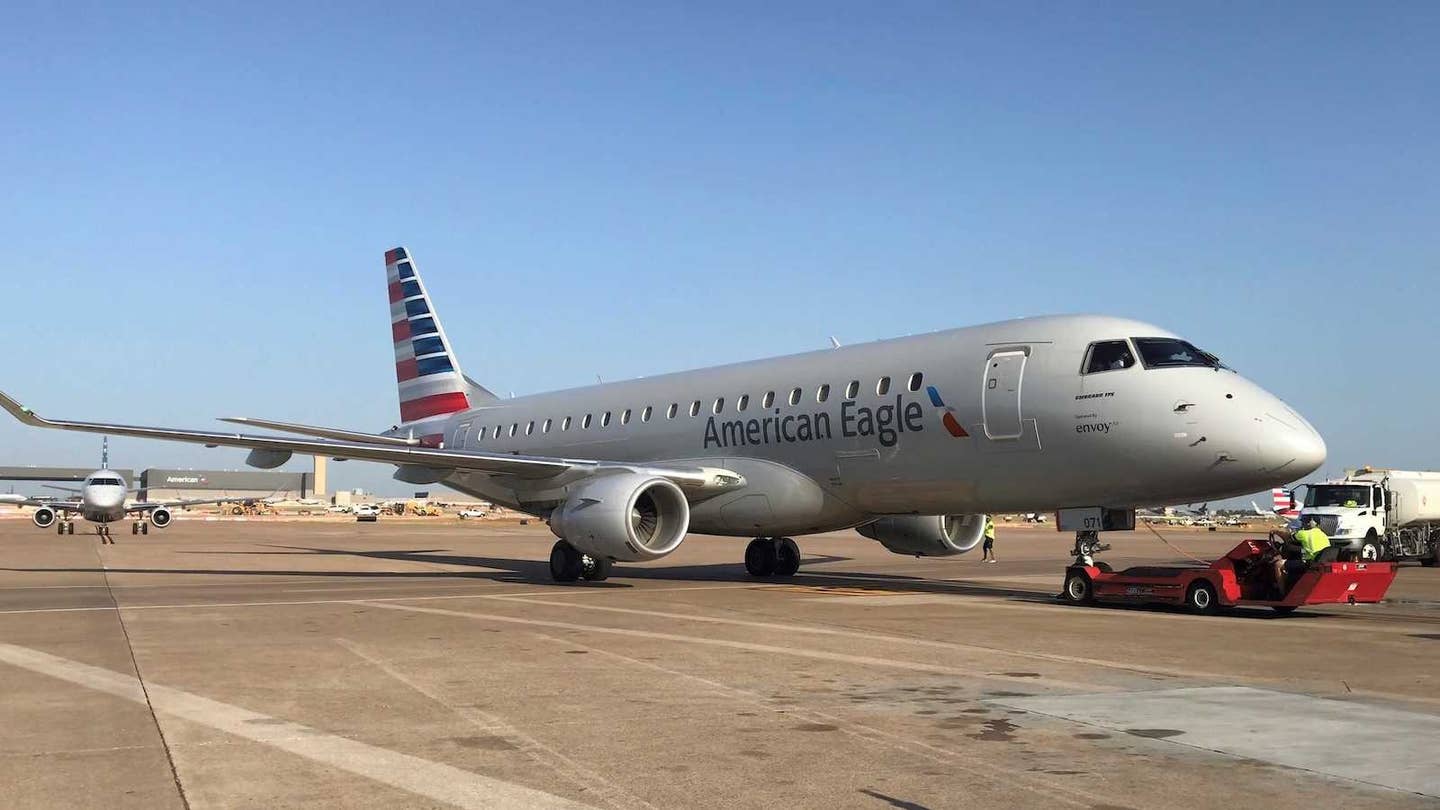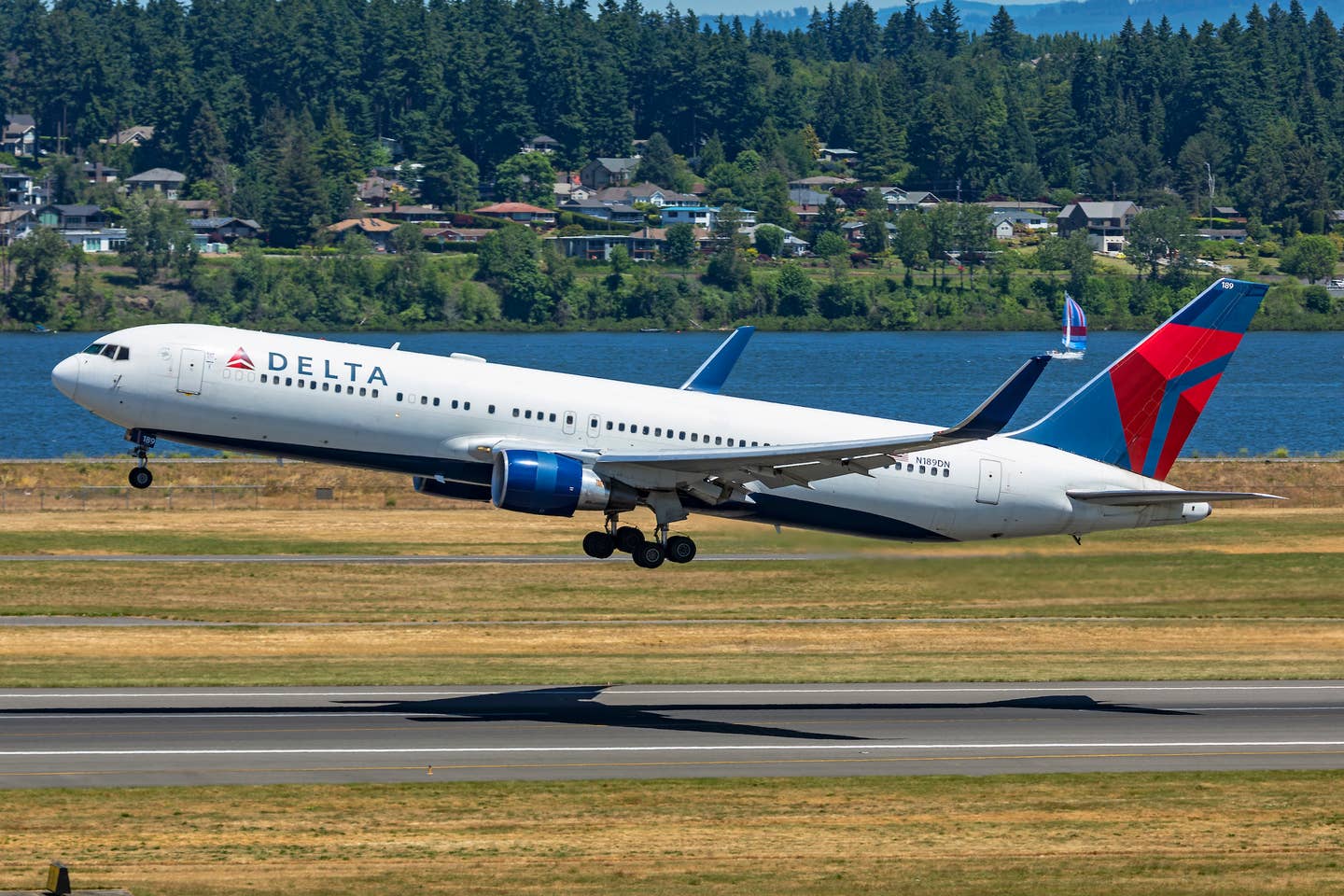
** Air France 447 flight data recorder
being recovered from the floor of the
Atlantic Ocean.**
The French authority responsible for investigating aircraft accidents, known as the BEA, just released a new report on the Air France 447 crash that occurred in the summer of 2009, killing all 228 people on board.
An initial report issued by the agency in May stated the Airbus A330 stalled at high altitude after the aircraft's autopilot and autothrust disengaged. The captain had departed the cockpit to rest just a few minutes before, leaving the two copilots at the controls when the stall warning first sounded.
While the new report reiterates much of what is now already known about the flight, the BEA does provide new details into the exact circumstances of the accident, as well as a number of safety recommendations.
The new report says outright for the first time what many experts have speculated for months, that the aircraft’s speed indications were inconsistent likely due to icing of the pitot tubes. According to the BEA, the copilots identified the inconsistent airspeed measurements, but had received no high altitude training for the appropriate response to unreliable IAS and manual aircraft handling.
The report also states that, during multiple stall warnings, including one that lasted continuously for 54 seconds, neither of the copilots made any reference to the warning or formally identified the stall situation. According to the BEA, part of the pilots' confusion probably stemmed from the fact that, by design, the stall warning in the A330 turned off every time the airplane surpassed an extreme angle of attack, one "that is never encoutered in flight tests, or even considered." The stall warning would become active again in response to nose-down inputs that placed the angle of attack value within a functioning realm.
The BEA's newest Air France 447 analysis was issued in conjunction with 10 new safety recommendations, the first of which urges authorities to update pilot training to include stall approach and recovery training, even at high altitude. The agency also recommends that pilots engage in regular and mandatory manual airplane handling training, a suggestion that echoes similar safety proposals made after the 2009 crash of Colgan flight 3407, which stalled and crashed in Buffalo, New York, after the autopilot disengaged and the captain responded with continuous nose-up inputs.
The BEA recommended the creation of clear managerial procedures for circumstances in which the captain is resting and the copilots are at the controls. The agency’s accident report indicates that the two copilots of Air France 447 made simultaneous inputs on the sidesticks as they struggled to regain control of the aircraft. According to the report, there was no explicit task-sharing” between them, and the captain had left the cockpit without giving them “clear operational instructions.”
The BEA also recommended that authorities evaluate the potential requirement of an angle of attack indicator visible to pilots on board aircraft. According to the agency, the angle of attack value of Air France 447’s aircraft was consistently above 35 degrees as the Airbus 330 descended into the Atlantic Ocean.
The BEA also issued a draft recommendation concerning the functionality of the stall warning at an extreme angle of attack. However, the BEA has since retracted that recommendation, calling it premature in this stage of the investigation.
Read the BEA's full analysis here.
Read Peter Garrison's in-depth analysis of the crash.

Sign-up for newsletters & special offers!
Get the latest FLYING stories & special offers delivered directly to your inbox






